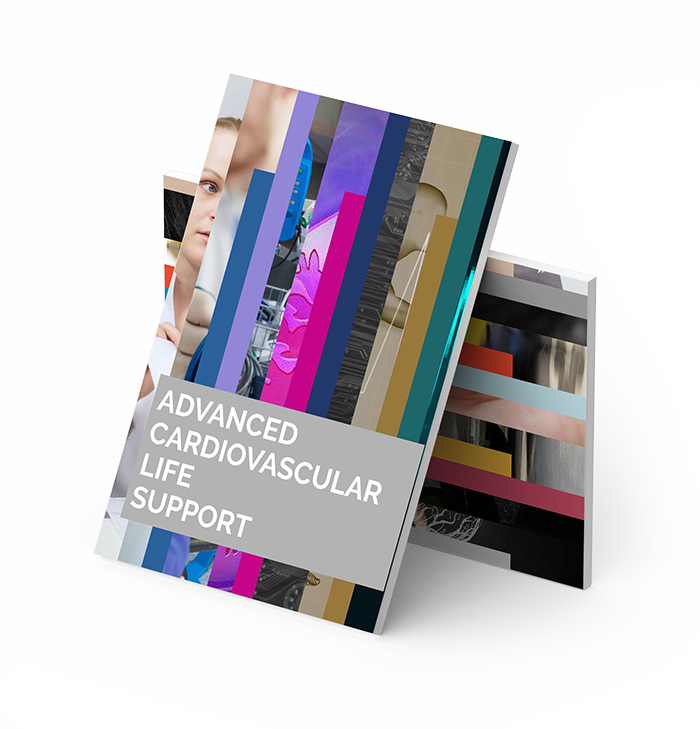bls
bls
Blog Article
http://aclsstudyguide.com
Basic Life Support (BLS) is a critical component of Advanced Cardiac Life Support (ACLS) that serves as the foundation for more advanced interventions. BLS focuses on the immediate care provided to patients experiencing cardiac arrest, respiratory failure, or other life-threatening conditions. This subchapter emphasizes the importance of recognizing the signs of cardiac arrest and understanding the fundamental steps of BLS, which include early recognition, activation of emergency response systems, high-quality chest compressions, and effective ventilation techniques.
The initial step in BLS is recognizing the signs of a patient in cardiac arrest. Doctors should be trained to identify unresponsiveness, abnormal breathing, or the absence of a pulse. This recognition is crucial, as immediate action can significantly increase the chances of survival. The American Heart Association (AHA) guidelines recommend that healthcare providers assess the patient quickly and, if cardiac arrest is suspected, initiate the BLS sequence without delay. This includes calling for help and activating the emergency response system, which is essential for obtaining additional support and advanced care.
Once cardiac arrest is confirmed, high-quality chest compressions must be initiated. Effective chest compressions are vital, as they help maintain blood flow to vital organs. Doctors should ensure that compressions are performed at a rate of 100 to 120 compressions per minute and at a depth of at least two inches for adults. It is also important to allow complete chest recoil to maximize venous return. The provider should minimize interruptions in compressions, as even brief pauses can lead to a decrease in perfusion pressure and increase the risk of poor outcomes.
Ventilation techniques are another essential aspect of BLS. After every 30 compressions, the provider should deliver two rescue breaths, ensuring that the chest rises visibly with each breath. This can be done using a bag-mask ventilation technique or, if available, an advanced airway. The ratio of compressions to breaths may vary based on the provider's training and the specific situation, but the goal remains the same: to restore adequate oxygenation and circulation to the patient. It is critical for healthcare providers to be skilled in these techniques, as proper ventilation can enhance the effectiveness of chest compressions.
Finally, continuous reassessment of the patient's condition is vital throughout the BLS process. After every cycle of compressions and breaths, the provider should check for signs of return of spontaneous circulation (ROSC), such as a pulse or normal breathing. If ROSC is achieved, the focus should shift to post-cardiac arrest care, including the stabilization of the patient and preparation for advanced interventions. If there is no return of circulation, providers should continue high-quality CPR and prepare for the arrival of advanced life support teams. Mastery of BLS check here not only enhances the immediate response to cardiac arrest but also lays the groundwork for more advanced life-saving measures in ACLS scenarios.